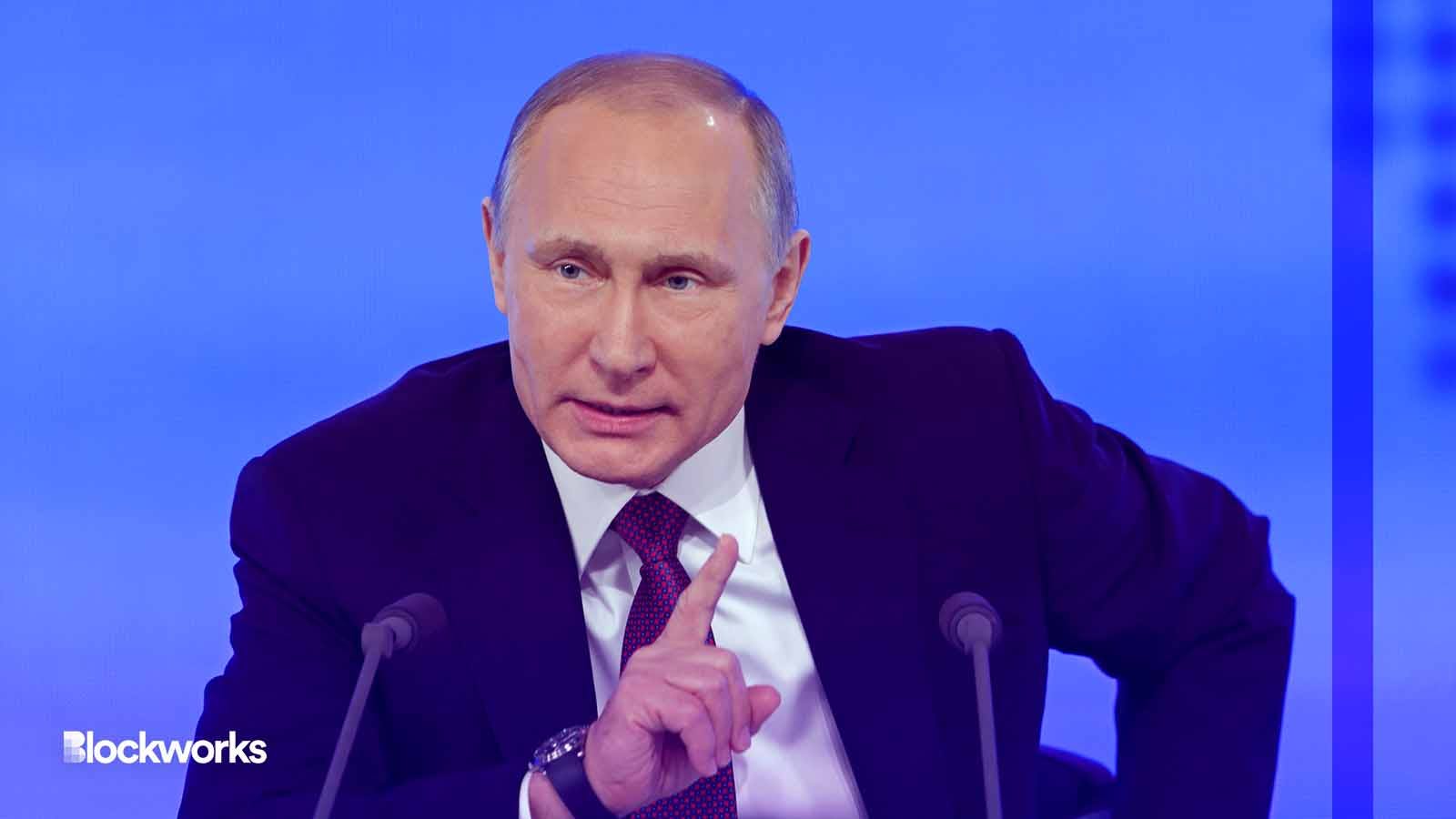Russia to commence digital ruble pilot testing with 13 banks
The pilot program for the digital currency will begin on August 15

ID1974/Shutterstock modified by Blockworks
Next week, the Bank of Russia will begin testing out real world transactions with its digital ruble, a central bank digital currency that was approved by President Vladimir Putin in late July.
Thirteen banks — excluding Russian banks Sberbank and Tinkoff — will be involved in the pilot testing program. These institutions will be able to make payments with the CBDC at “30 points of sale located in 11 Russian cities,” according to a statement released Wednesday by the nation’s central bank.
If their tests are successful, individuals and businesses should be able to use the digital ruble by 2025, according to Bank of Russia first deputy governor Olga Skorobogatova.
Skorobogatova also reiterated governor Elvira Nabiullina’s statement that the use of the eventual digital ruble would not be mandatory or compelled by the government.
In the meantime, the pilot program wants to ensure that the infrastructure surrounding the CBDC is functioning and user-friendly before rolling it out for retail and business use.
“The first stage of the pilot testing is intended to check all basic transactions, including opening of digital ruble accounts [digital wallets] and money transfers to them, person-to-person digital ruble transfers, simple automatic bill payments and QR code-based payments for goods and services,” the central bank explained.
New functionality planned for next year includes dynamic QR-code based payments and business-to-business digital ruble transfers.
The list of participants in the pilot program is also forecasted to increase until the end of the year, the Bank of Russia said.
Once the digital ruble is actually in possession of the country’s populace, Russia will become the largest country among 11 other nations that have actually instituted a CBDC, according to the Atlantic Council’s CBDC tracker.
Get the news in your inbox. Explore Blockworks newsletters:
- The Breakdown: Decoding crypto and the markets. Daily.
- 0xResearch: Alpha in your inbox. Think like an analyst.






